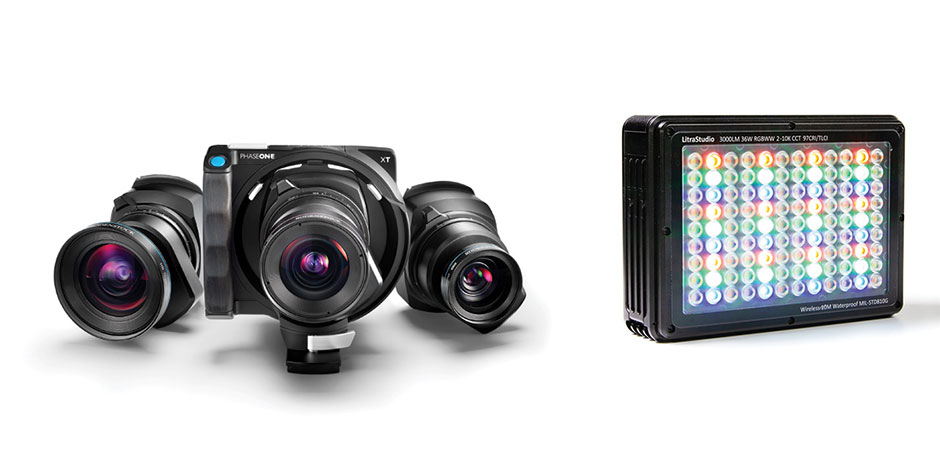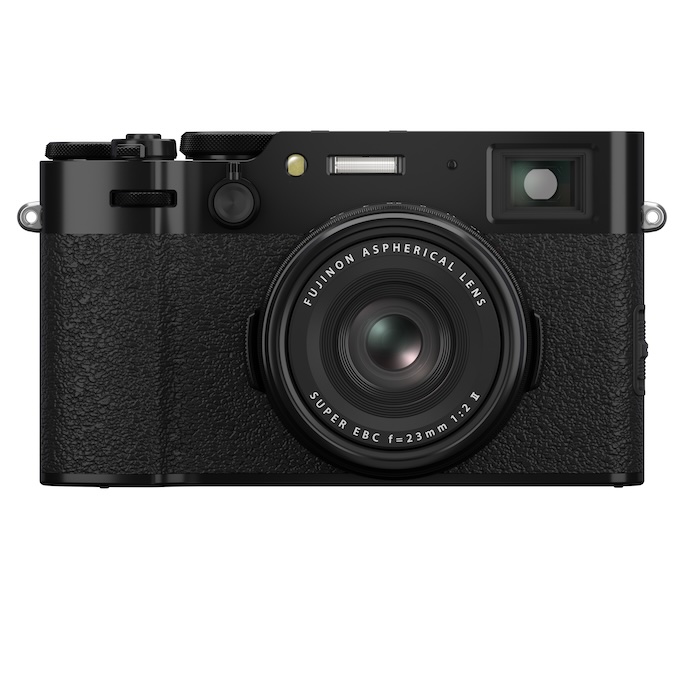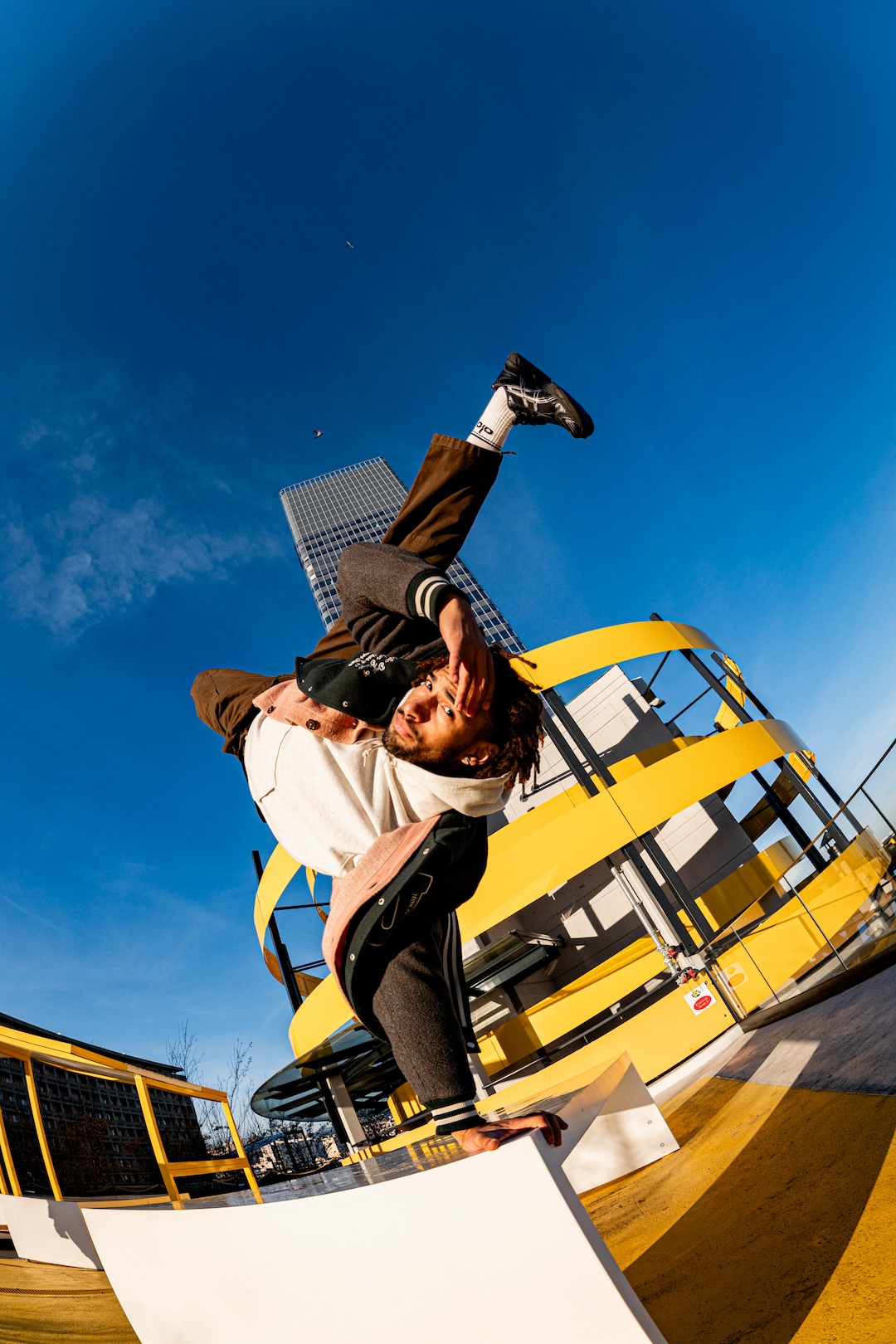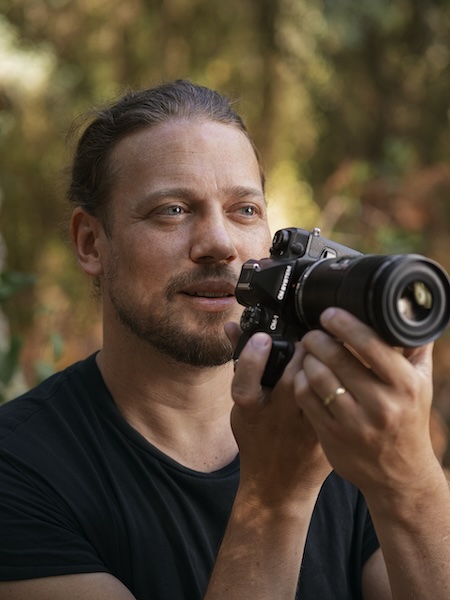Gear
Let’s face it, mirrorless design is now the de-facto standard for camera bodies and there’s been a new mirrorless camera model from every major manufacturer over the last year. Several companies even released more than one. As Sony’s general manager Kenji Tanaka reports, “The mirrorless, full-frame market has been growing in 2019 by between 100 to 150 percent over 2018.”
The Ultimate Guide to Mirrorless Cameras and Lenses
Thanks to digital sensors that can handle an inverted exposure without a parallax mirror, it’s not just about making cameras and lenses smaller. Without the mechanical shutter blocking internals, digital readouts straight from the sensor have unlocked new capabilities.
Introduced in this last year was Panasonic’s trilogy of S1, S1R and S1H cameras, three almost identical solutions for the full-frame mirrorless L Mount. But each camera body and their electronics within offer photographers a taster’s choice between tools and resolutions oriented more for still photography or cinematography.
10 New Pieces of Gear for Filmmakers
That’s promising for the new world of multimedia, which is becoming synonymous with the internet. And photographers can embrace motion from the same cameras that video pros are using to gain top-shelf image quality and resolutions.
This next year in mirrorless cameras and lenses is likely to see an even bigger explosion of new models and features. But don’t count out the DSLR just yet. While most mirrorless cameras offer a small handful of optics options at the most, the legacy of lenses available for standard-mount systems is nearly beyond count.
The DSLR design still offers better viewfinders too, and far, far longer battery life. The latter is a big hurdle for professional photographers to get over when looking at mirrorless. Especially of note to wedding, event and portrait photographers is the classic AF Assist, which is also available through infrared in DSLRs rather than LED—that’s much better for working autofocus in the dark or at a distance.
It’s true that last year saw only one DSLR release, the Canon EOS Rebel SL3, an APS-C model. The previous year fared little better with only the Nikon D3500 in August. The Pentax K1 Mark II, Canon Rebel T7 and Canon 4000D debuted in March, the first financial quarter of 2018.
But the EOS Rebel SL3 is also Canon’s lightest DSLR ever, at only 0.99 pounds. Canon is heavily rumored to be introducing a new version of the EOS 1D X, the Mark III. Nikon has already teased a new flagship in their single- digit series of professional cameras with the D6 this last September.
In sum, it’s hard not to ignore the trend towards mirrorless. By sacrificing the bulky pentaprism design, these cameras can be made a lot smaller and a lot lighter. By eschewing the mechanical shutter design, manufacturers can now employ the sensor readout directly to innovate digital features never before available. But for those heavily invested in a 100-year-old legacy of standard-mount lenses, 2020 looks to be an exciting time to be looking toward the best, and potentially last, DSLRs ever.
Format Wars: Bigger Isn’t Necessarily Better
While the vast majority of mirrorless cameras have been full-frame, the two are not synonymous. For roughly a 1.5x to 1.6x equivalent angle of view, APS-C solutions are popular for the extended reach they can provide from smaller bodies and lenses.
There are other advantages to the smaller sensor. With less image information to pull from each exposure, companies are able to do more with less. That means ever-increasing bursting rates, even up to a massive 30 fps in recent cameras like the Olympus E-M5 Mark III and Canon EOS M6 Mark II. That’s the equivalent frame rate of a video camera, only at much bigger frame resolutions of 20 megapixels or more.
Panasonic, noting that they will largely support full-frame going forward, has jumped over from Olympus’ Micro Four Thirds mount to the full-frame L Mount, currently supported by Leica and Sigma. With several MFT cameras announced over the last two years, Olympus has instead embraced the advantages of a sensor that is half the size of full frame, giving twice the reach.
An example: Their recently released M.Zuiko Digital 2x Teleconverter MC-20 promises up to a massive 2000mm angle-of-view when combined with their M.Zuiko Digital ED 150-400mm F4.5 TC1.25x IS PRO, announced in September. That’s likely to be released this coming year.
Recent Olympus camera models are only slightly larger than the compact camera of yesteryear, promising professional features in pocket- sized bodies. That smaller sensor, when coupled with both in-camera and in-lens image stabilization, has also resulted in unheard-of levels of image stabilization at up to 6.5 stops and more.
Last year also saw several medium-format camera introductions from Leica and Fujifilm that have been helping to keep the familiar pentaprism design of the DSLR alive, but even those camera designs are changing. Phase One introduced a new medium-format concept with the compact Phase One XT, the smallest digital integrated-lens field camera available.
Cameras and Lenses for All You Medium-Format Shooters Out There
Lenses Will Grow…Smaller
Most think of mirrorless as simply smaller and more lightweight. Sure, that is part of it, but the mount itself on mirrorless camera bodies is actually wider. A larger backend translates to better image quality because there is more room for aperture blades and optics. The rear element no longer has to take all those other light rays from the front of the lens to collimate them to a tiny parallax mirror either.
Thanks to the wider mount and digitally designed lens elements, Nikon’s latest lens, and one of their most expensive, takes full advantage of this. Repurposing a 20-year-old design, the NIKKOR Z 58mm f/0.95 S Noct has the fastest aperture ever available made by the company.
We’re just getting started here. Next year is going to be a really interesting one for fast and continuous apertures throughout the focal range in zooms. For instance, Sigma’s newly enhanced design for the popular telephoto focal length, the 70-200mm F2.8 DG OS HSM Sports lens, has an iris with a constant aperture and 11 blades—most mechanical still lenses top off at eight or nine blades. Eleven blades will give bokeh to highlights that are naturally rounded.
Lens designs are also incorporating digital technology. These “smart lenses” can communicate with the camera body, not just for information but also for programmable functions. It’s quite literally a revolution in lens design in the case of new control rings on lenses like Canon’s RF and Nikon’s Z Mount solutions, which can be found alongside the zoom and focus rings. These are programmable for turn-of-the-wrist access to popular camera controls so that you no longer have to take your eye from the viewfinder to make menu changes.
While most of these settings are currently somewhat rudimentary, like shutter, aperture and in a few cases exposure values, the technology is very promising for the future, and largely customizable for users to program whatever features they would like.
As predicted last year, digital cameras are also starting to employ artificial intelligence-based operations for features like autofocus. Google and Apple already use this technology in their smartphones for facial recognition. Based on facial recognition, new AI-driven autofocus modes using eye-detect have started to pop up over the last year in cameras like the Sony a9 Mark II and the Sony a6500. The latter has autofocus acquisition within 0.02 seconds.
Newer lenses like Nikon’s E type have an electromagnetic diaphragm mechanism, which gives digital control over apertures for smoother, more accurate controls. The new Electromagnetic X-Shutter in Phase One’s XT gives digital control over exposures to reduce the need for optical filtration like ND filters. Canon told us in October that the EOS-1D X Mark III would employ A1 for 20 fps bursting in Live View but only 16 fps through the optical viewfinder.
2019’s Newest Mirrorless Lenses and Optics for Events, Video and Portraiture
AI’s Influence Broadens
Last year, we predicted that artificial intelligence would become part of the camera, but it’s immediately apparent how much of an impact the new computing platform is going to have in software. Updates to Adobe’s Sensei, previewed during Adobe MAX, showed how the AI software can bounce between image alterations to quickly make changes and even suggested changes without complex layering or masking processes. Even Adobe’s entry-level Photoshop Elements 2020 and Premiere Elements 2020 have begun to use AI to assist automatic changes that ordinarily require many hours at the computer.
But there is far more coming down the pipeline. From Google’s Pixel 4 incorporating AI-powered software for color correction to Apple’s iPhone 11 leveraging a machine-learning feature for photo detail enhancement, the usage of artificial intelligence in photography is becoming more of a reality, according to Julien Zakoian, CMO and CEO of North America at Meero, a service for photographers employing artificial intelligence and deep learning processes. They claim turnaround for thousands of photos within minutes.
“In 2020, we’ll continue to see an increased use of AI for basic photo-editing processes such as filtering, color correction and exposure adjustment,” adds Zakoian, “but the human eye will still play the ultimate role in photo production.”
Several programs like Photo Studio Ultimate 2020, Luminar 4 and Topaz have added AI to their offerings for fast, simple-to-perform enhancements like skin improvements, background replacements and JPEG-to-RAW conversions. Online companies like Meero are using image enhancements from AI to great affect, promising automized batch processing that can save photographers hours upon hours.
A Photographer’s Guide to Computers and Software in 2019
Archiving in the Cloud
The secret to the success of using mobile as a camera is its ease of use and its connectivity, but for professionals, image quality is still king. For that reason, cloud computing is going to take the thunder out of Thunderbolt. While local storage and hard drive archives will always be the best standard of practice, a number of companies are looking at wireless direct uploads to take the pain out of archiving photos and files.
So far, that has meant nearly ubiquitous Wi-Fi access to cameras through Bluetooth and mobile applications. By giving dedicated cameras the same advantages as a cell phone, we predict a bevy of interactivity this coming year including better remote operations and direct access to the cloud and files.
That also ties into social media. Most software now offers direct uploads with appropriate compression for the most-used social media sites. While mobiles can provide Stories and other multimedia solutions like cinemagraphs, the more advanced the iPhone becomes, the more that camera companies are going to have to fight back. Expect high-resolution output to your social media of choice—and not just through your mobile or editing platform.
The Best Tips to Using Social Media to its Fullest Potential in 2020
Color is Everywhere
The last year in lighting has seen new systems like the ARRI Orbiter, the LitraStudio, Rotolight’s Titan X2 and the Savage Universal RGB Pro Panel and Rainbow RGB Ringlight. While entirely different lighting types, each has one thing in common: RGB output.
The LitraStudio, an on-camera model, is promising more than six million colors. The Titan X2 is claiming output of nearly 17 million colors. While total output still leaves a lot to be desired, LED technology is combining Wi-Fi access with digital controls to achieve lighting designs that have been previously reserved for DMX operators. That’s going to bring a theatricality to lighting in 2020 that has never been seen before.





